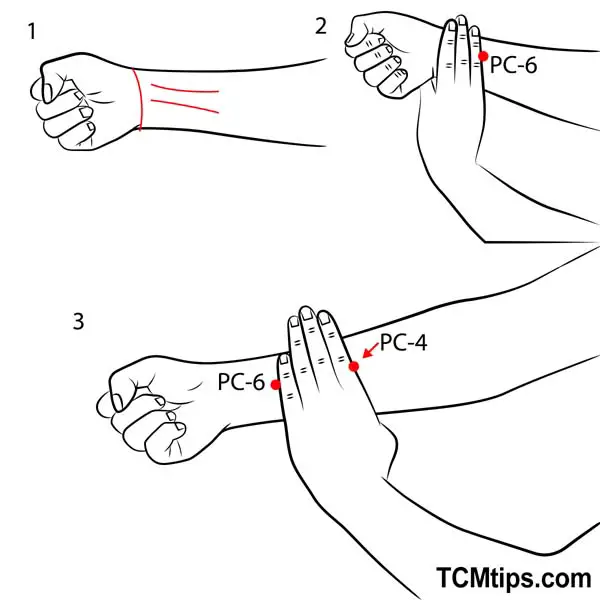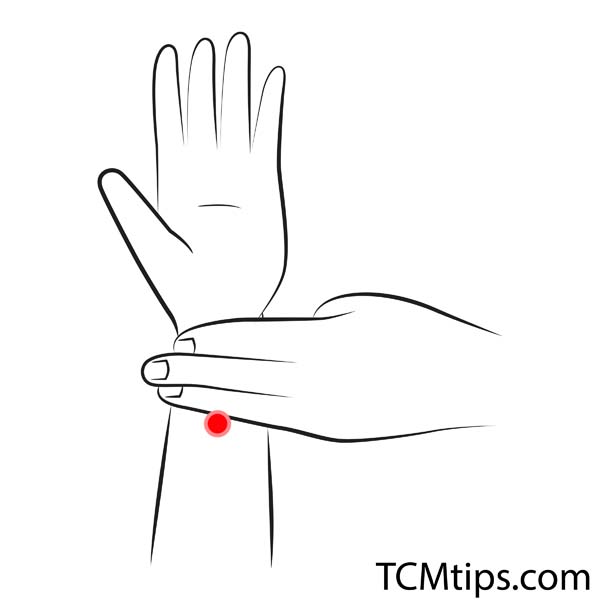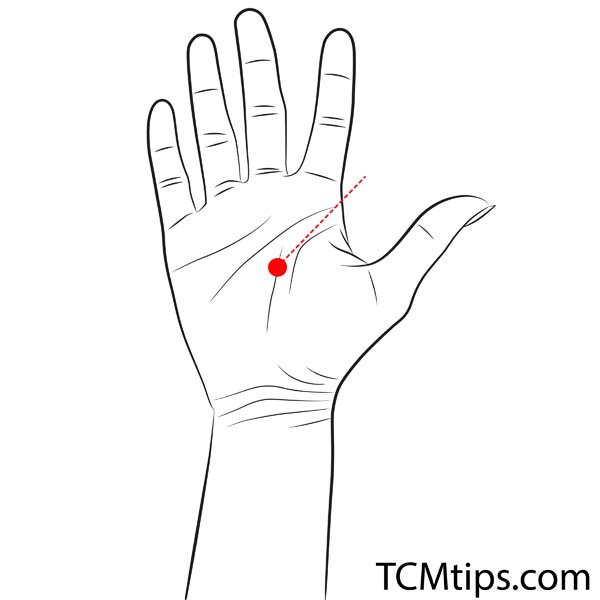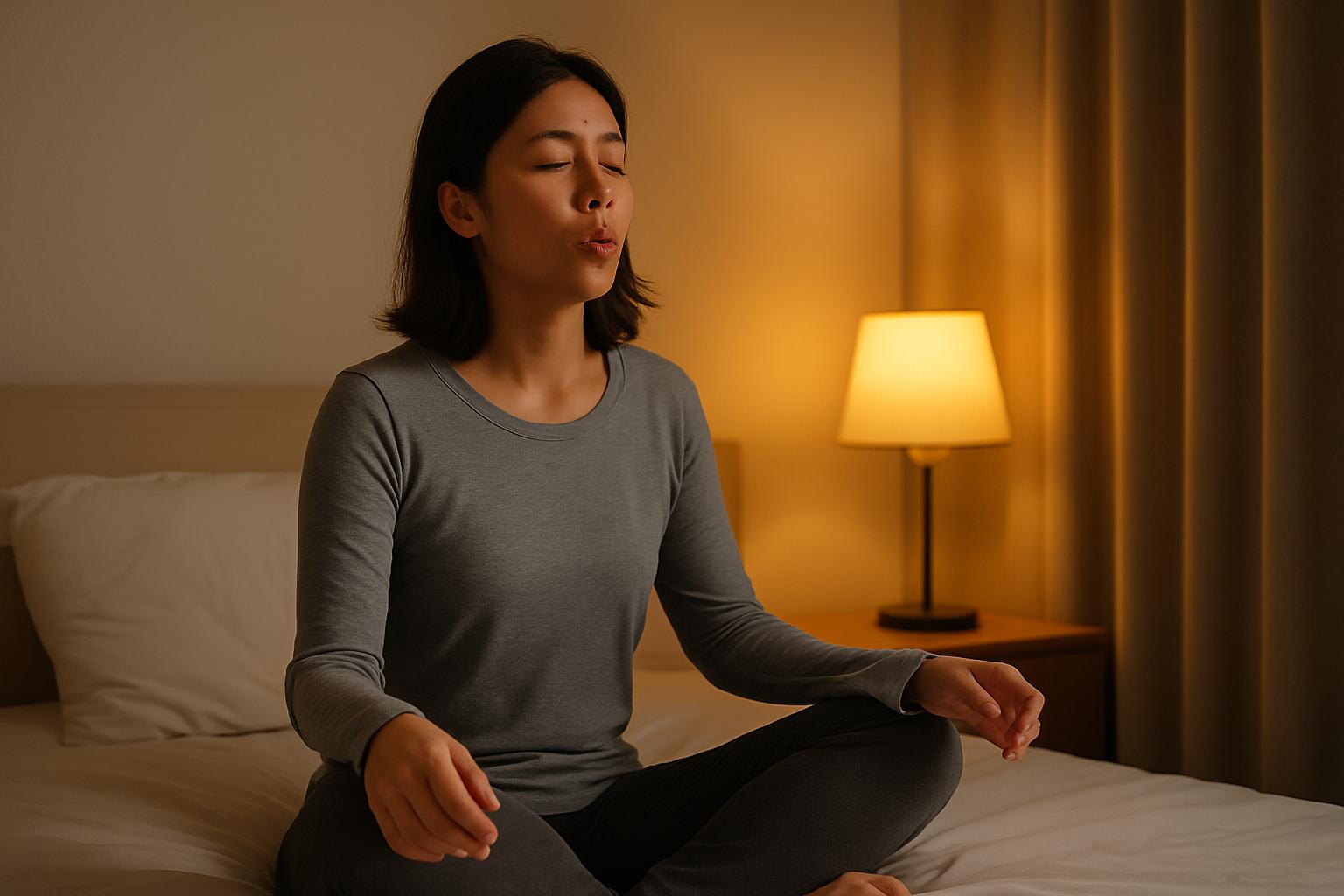Our bodies are known to possess various pressure points scattered all over. While some are not sensitive, others are powerful enough to improve health conditions. In Ancient Chinese medicine, there were dedicated sections where pressure points were addressed in detail and passed down to generations. For the sake of this article, we will be focusing on acupressure points for heart attacks.
Why?
According to the CDC, someone in the United States suffers a heart attack every 40 seconds. It is essential that you’re equipped with the knowledge of acupressure points for heart attacks to help out in an emergency where someone is suffering shortness of breath.
More so, dedicating some time daily for an acupressure session is a recommended exercise. It will help free up energy blockages, impending heart attacks, mental stress, and regulates the body’s hormonal, lymphatic, and circulatory systems.
It is so easy for people to disregard this ancient traditional healing practice. But it is a practice that is deeply rooted in understanding our bodies and using that knowledge to our advantage.
Acupressure can be conducted on the following points:
- Local acupoints. These are points of the body where one is experiencing pain, tension, or discomfort. These points need to be stimulated to eliminate the pain.
- Trigger acupoints. These are points that are stimulated to alleviate pain in another part of the body. These can are either close or far away from the local points.
Benefits To Acupressure Treatments

According to medical experts, acupressure points are loaded with several health benefits. Some of these benefits include:
- Alleviating cardiac issues
- Minimizing pain
- Soothing sores, wounds, and injuries
- Improve sleep
- Minimizing headaches
- Lowering blood pressure
- Improve heart conditions
- Relaxing your joints and many more.
The major goal of acupressure is to restore health to the body’s channel of energy and regulate
Acupressure is not to be mistaken as Acupuncture – which is the process to infusing needles into different points of the body for desired results. However, according to medical research, acupuncture is similarly beneficial in lowering stress levels and improving heart function for heart failure patients.
This article looks at five acupressure points for heart attack treatments. You will learn whether to apply gentle pressure, firm pressure, fixed or circular motion on those points. Let’s check them out.
1. Acupoint: PC-3 (Other Names: Pericardium-3/Qu Ze/Marsh at the Crook)

One of the best pressure points in the body for heart palpitations is the Pericardium 3, better known as P3 or PC-3. This pressure point is located at the traverse cubital crease.
For more emphasis, PC3 is positioned at the ulnar side of the muscle biceps branchii tendon. The tendon is found on the radial side of lung 5, medial to the brachial artery.
According to acupressure research, the PC-3 acupressure is commonly used for the following symptoms:
- Heatstroke
- Palpitations
- Skin disorders
- Stomach pain
- Vomiting
- Hand tremor
- Elbow issues
- Fever
- Arm pain
- Gastrointestinal disorders
Application of PC-3 Acupressure Point
Follow these simple instructions to administer pressure on PC3:
- Gently bend the forearm forward with one hand and position the thumb of the other arm on the PC-3.
- Use your fingertips to press the thumb into PC-3 and loosen the hold alternatively while taking deep breaths.
- Do it for both arms.
For a middle-aged or senior person sitting for prolonged hours, you can press the PC-3 point of both hands for 1 minute each.
2. Acupoint: PC-4 (Other Names: Pericardium-4/Xi Men/Xi-Cleft Gate)

Pericardium 4, known as PC-4 is one of the acupressure points for heart attack. It is located at 5 cun proximal to the wrist crease. It is lodged between the tendons of flexor carpi radialis and palmaris longus.

PC-4 is commonly used to treat the following conditions:
- Hysteria
- Gastrointestinal bleeding
- Myocarditis
- Melancholy
- Nosebleed
- Chest pain
- Respiratory disorders
- Seizures
- Agitation
- Coughing blood
- Mastitis
According to scientific research, PC-4 is particularly used in the treatment of heart muscle ischemia.
PC-4 Acupressure Application
Follow these simple instructions to successfully carry out a treatment plan:
- Press the PC-4 position with your thumb gently.
- Maintain the pressure for 2 – 3 minutes.
- Carry out the same action for the other arm.
3. Acupoint: PC-6 (Other Names: Pericardium-6/Nei Guan/Inner Pass)

Another pressure point for treating heart conditions is the Pericardium 6 (or PC-6). Like PC-4, PC-6 is also located at the arm. You can find it on the anterior forearm, two cun above the wrist crease. You can typically find it between the flexor carpi radialis and palmaris longus tendons along the pericardium meridian.
PC-6 is particularly peculiar because it can be used to treat varying symptoms without applying pressure on other points. According to medical research, PC-6 is commonly used to treat the following conditions:
- Pregnancy-related nausea
- post-operative opioid nausea
- Motion sickness
- Chest tightness
- Anxiety
- Restlessness
- Heart health conditions
- Insomnia
- Epilepsy
- Hiccups
- Chest pain
- Finger numbness
- Upper limb arthralgia
- Hemiplegia
Similarly, according to scientific studies, acupuncture on PC-6 can dramatically lower serious cardiac traponin T (cTnT) and ischemia modified albumin (IMA).
PC-6 Acupressure Application
Follow the recommended tips to carry out acupressure points for heart attack:
- Use your index and middle finger to light press PC-6.
- Release and press the point again.
- Repeat the action for the other arm.
4. Acupoint: PC-7 (Other Names: Pericardium-7/Da Ling/Great Mound)

Another acupressure point for heart attacks is the Pericardium 7 (PC-7). It is located in the middle of the traverse wrist crease, between the flexor carpi radialis and palmaris longus tendons.
Pericardium 7, according to medical research is essential in treating several conditions. Some of them include:
- Cardiac arrest
- Palpitations
- Stomach ache
- Mental disorders
- Vomiting blood
- Manic psychosis
- Pain in the heel
- Epilepsy
- Chest tightness
- Convulsion
- Insomnia
- Irritability
- Foul breath
- Shortness of breath
- Heart attack
- Hypochondriac region pain
- Seizures
- Palm heat
- Wrist pain
- Skin disorders
- Throat infections
PC-7 Acupressure Application
Follow these traditional Chinese medicine acupressure treatment.
- Place your thumb over the PC-7 point
- Press gently on it for 5 minutes.
- Carry out the same action for the other hand. You can do it twice daily.
5. Acupoint: PC-8 (Other Names: Pericardium-8/Lao Gong/Palace of Toil)

The last acupressure point we will be discussing is the Pericardium 8 (PC-8) for your heart health. This pressure point is located at the center of the palm, just between the 2nd and 3rd metacarpal bones.
PC-8, from research, is particularly useful in treating a host of illnesses, including:
- Nosebleed
- Fever
- Arrhythmia
- Mouth ulcer
- Tongue ulcer
- Cold hands
- Cardiac pain
- Epilepsy
- Stroke
- Bad breath
- Runny nose
- Heat stroke
- Syncope
- Coma
- Mania
- Jaundice
- Anxiety
- Vomiting
- Fungal infection of the hand
PC-8 Acupressure Application
Follow these recommended steps to carry out a treatment plan on PC-8.
- Press your thumb on the PC-8 position and hold for 3 minutes
- Release and carry out the same action on the other arm.

Try our Anti-Aging Gua Sha Tool designed to bring out your skin’s natural glow.
Best Gua Sha Product- Anti-Aging: The tool is designed to target 11 specific aging signs such as wrinkles and sagging skin. By following the 7-step routine, users can improve skin firmness and reduce fine lines naturally.
- Enhances Skincare Routine: It works effectively with serums and lotions, boosting absorption and efficacy of skincare products.
- Visible Skin Improvement: Users can expect a smoother complexion, reduced puffiness, and a more youthful appearance.
 P. Sze
P. Sze 

















